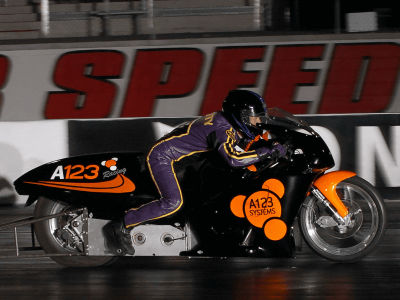Can the battery be charged at high speed by towing a Tesla car at 113km / h?

Tesla's electric vehicles run on battery-charged electricity rather than gasoline, so if the battery runs low while driving, you'll need to charge
Super-Tow-Charging My Tesla at HIGH SPEED (70MPH -65,000 Watts -25 Miles) --YouTube
Rich, who runs the Warped Perception, owns a Tesla Model S.
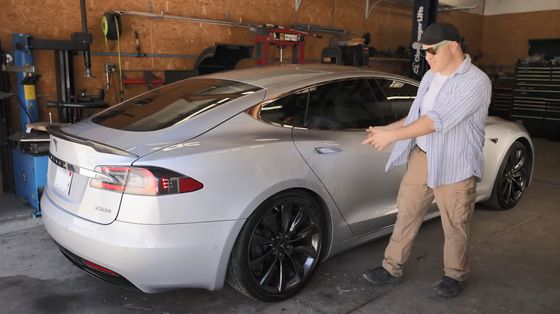
One day, Rich decided to use a public charging facility because the battery ran out while driving away from home on the Model S. However, he said he had to wait for three hours to charge the amount needed to get home.

At that time, Rich once took his foot off the accelerator while driving at 70 mph and remembered that the regenerative brake was producing as much as 65,000 watts of electricity to charge the battery.
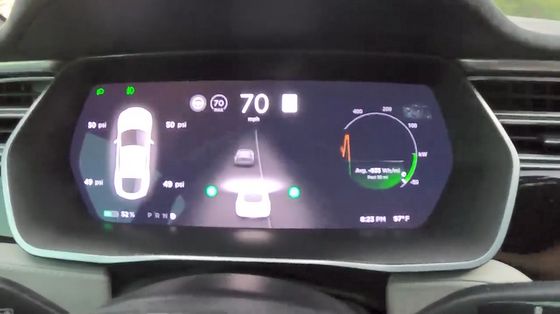
The output of 65,000 watts is not so different from the output of a
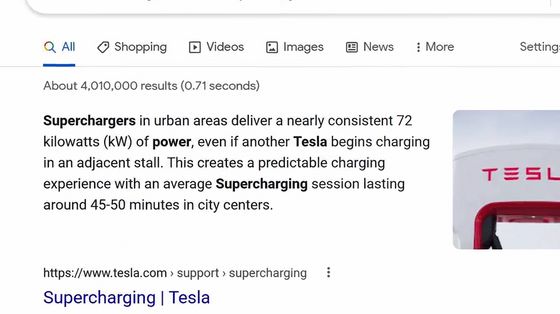
Rich wondered, 'If you were towed at 70 mph for 15 minutes, could you charge the battery as much as you would with a supercharger for 15 minutes?'
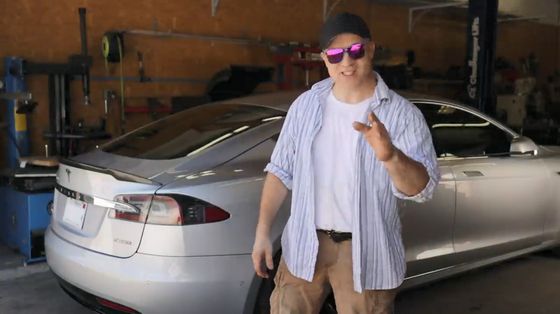
Other YouTubers also tried to 'tow a Tesla car and charge it with regenerative braking', but it was about 18 mph (about 32 km) instead of 70 mph.

'I'm sure they were worried about car damage or something happening,' Rich said, but Rich didn't mind the breakdown and speeded up in the name of science. I decided to experiment with towing at 70 miles.

Rich who attaches the hook of Ken quote.

In this experiment, instead of using a tow truck for towing, it will be towed with a

Rich says that towing while charging the battery with 65,000 watts of electricity puts a heavy load on the car and the heating of the transmission is uneasy.
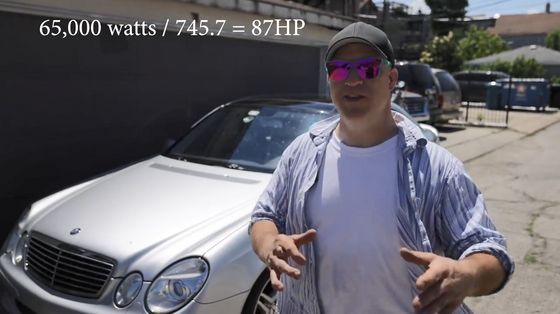
Immediately board the Model S and start the experiment.

After running for a while and running out of battery, I tied a rope to the car ...
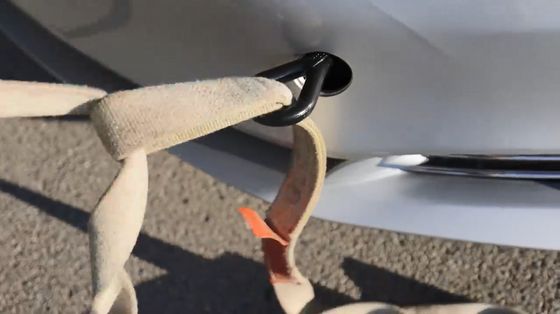
Connect with Benz E55.
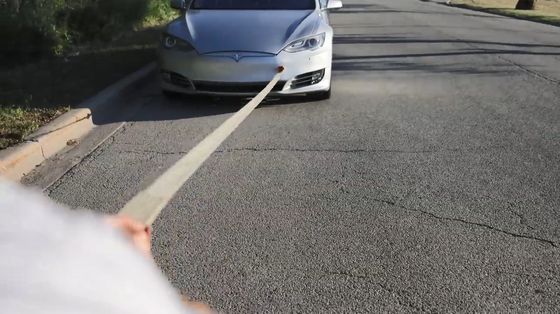
The plan is for the E55 to tow the Model S into the freeway and see if the battery charges for at least 10 miles.
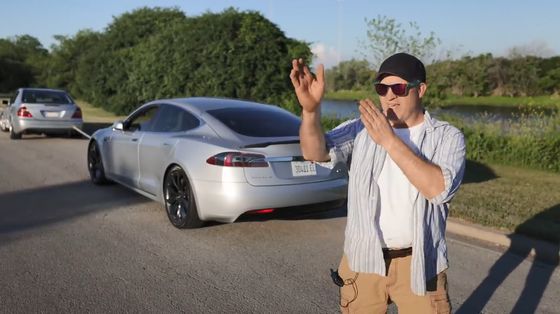
The battery level is 14%, which is too high to go home if charging fails.

When Rich uses a walkie-talkie to instruct the driver of the towing vehicle to move slowly ...
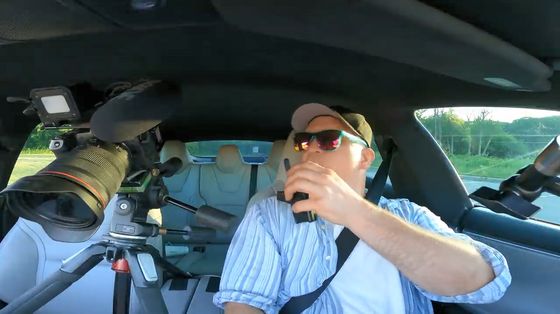
The rope quoted by Ken was taut.
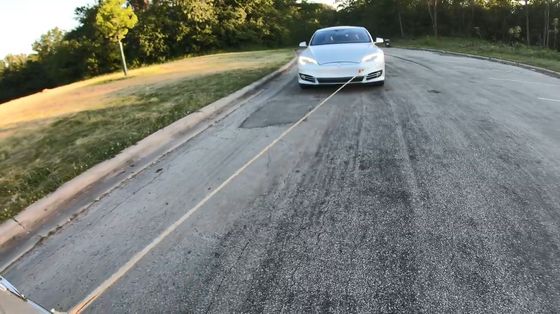
The experiment starts from here. Rich says 'OK. Let's go' ...
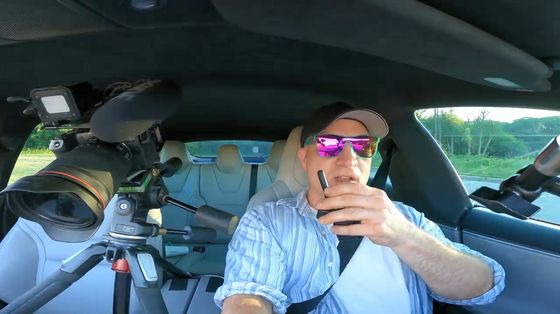
Benz starts.
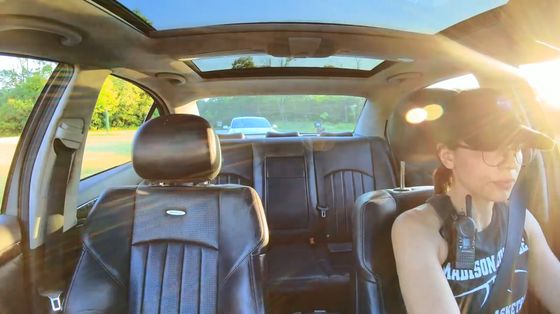
Rich does not step on the model S accelerator and operates only the steering wheel. The time at the start of the experiment was 7:37 pm.
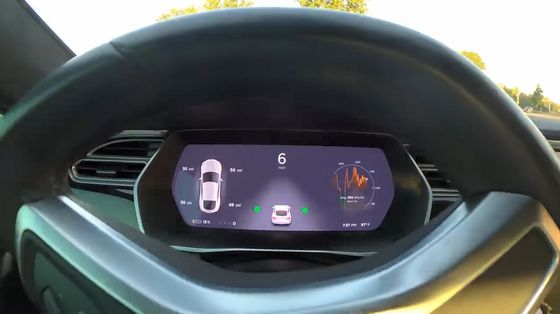
Although the towing vehicle driver says it is 'a little heavy', it accelerates to about 23 miles (about 37 km / h) without any problems.
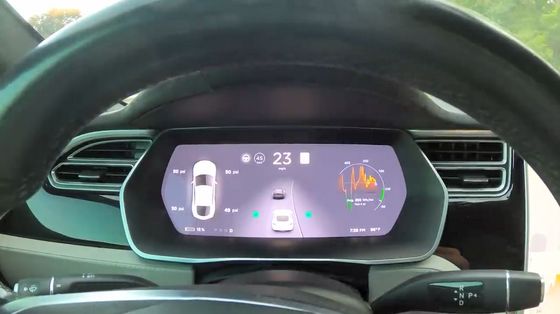
After that, the speed will continue to increase steadily ...

'It looks like the battery is running really fast,' said Rich, with a smile on his face.

At this point, only about two minutes have passed since the start of the experiment, and the speed is still about 45 mph (about 72 km / h), but the battery has increased to 16%. Since it was 14% at the beginning of the experiment, it means that it is already charged by 2%.
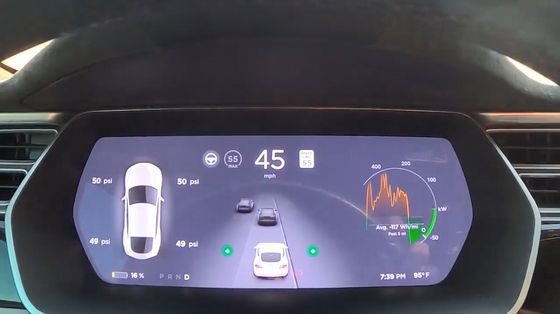
Rich has a happy expression on a smooth start.
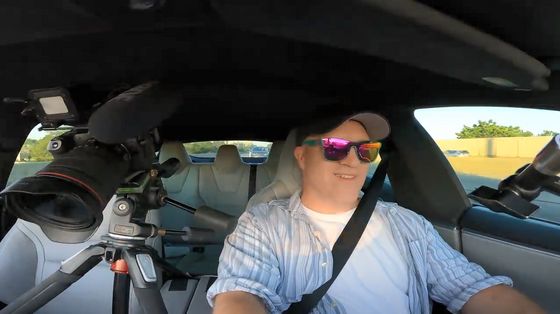
In less than 10 minutes from the start of the experiment, the battery was charged to 24%.
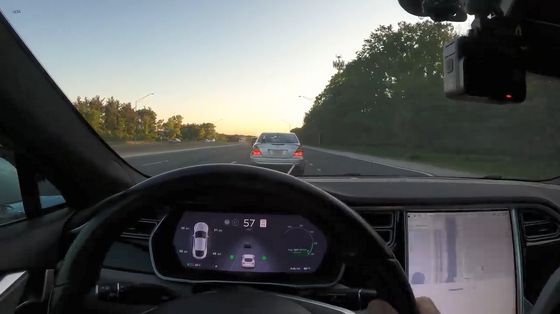
Rich laughs, saying, '(Battery charging by towing) is working. I can't believe it.'
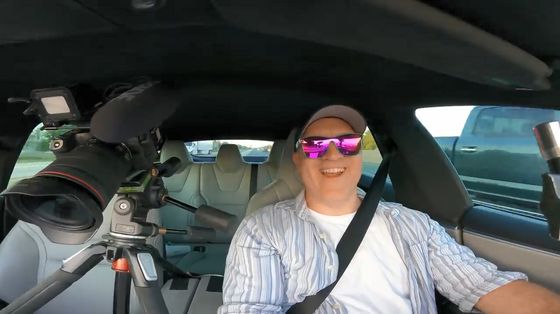
Finally, it reached 70 mph while being towed. At this point, 11 minutes have passed since the start of the experiment, and the battery is charged to 27%.
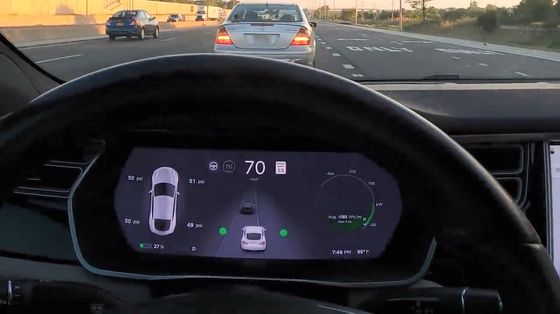
'I haven't touched the accelerator, but it's about 70 mph, and I'm still charging at 65,000 watts. I can't believe it.'
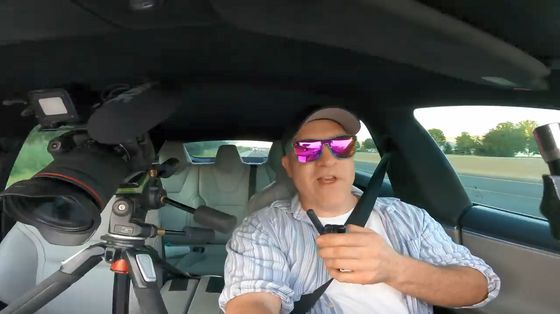
Twenty-two minutes after the start of the experiment, the battery level reached 44%. Rich expected that the Model S's battery would be charged to 50% if it continued to run for about 5 minutes ...
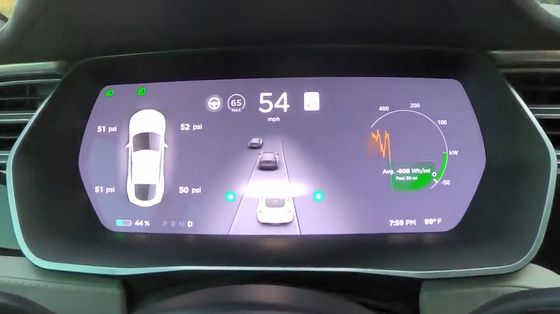
It is said that the gasoline of Benz, which is a towing vehicle, has run out. Rich instructed him to get off at the next exit.
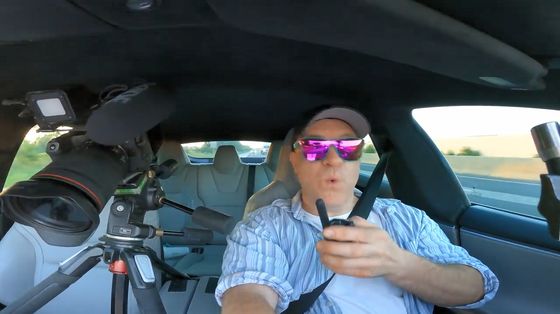
'Even if you run out of gas (of the towing car), at least this car is charged so you can go get it,' said Rich, joking.
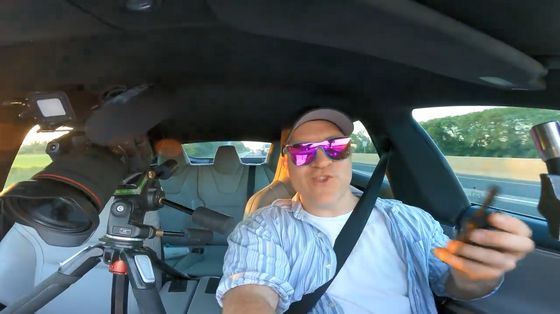
The two entered the gas station.
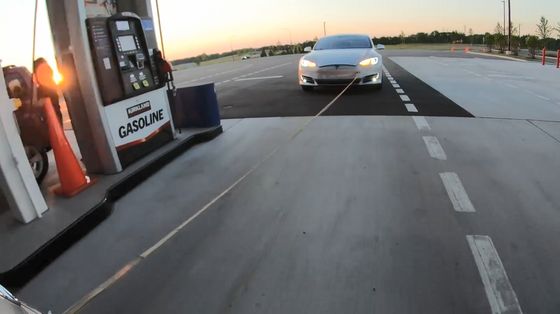
At the start of the experiment, Mercedes-Benz contained 4 gallons (about 15 liters) of gasoline. Considering that the mileage so far is 20 miles (about 32 km), the fuel consumption per gallon (about 3.8 liters) is 5 miles (about 8 km). When converted, the fuel consumption is 2.2km per liter.
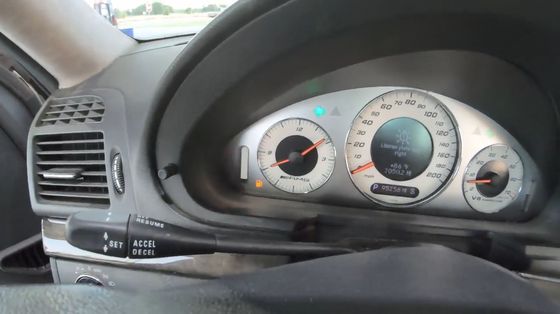
Enter the highway again ...
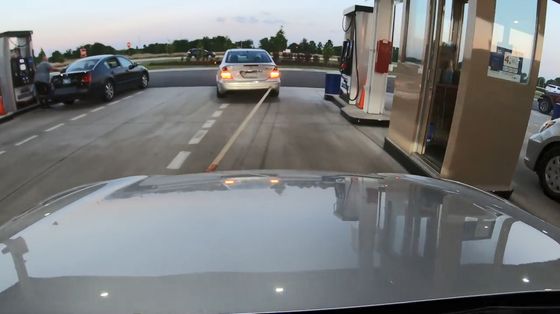
Resumed battery charging by towing. Finally, the battery level has reached 50%.

Model S does not issue any warnings and does not behave suspiciously. Rich claims that if you continue towing, you'll be able to charge the battery to 100%. In terms of ratio, I estimate that the battery should be 100% when the mileage reaches 50 miles (about 80 km).

After finishing the experiment, Rich commented, 'I don't know why I'm so excited, but it was absolutely wonderful.'
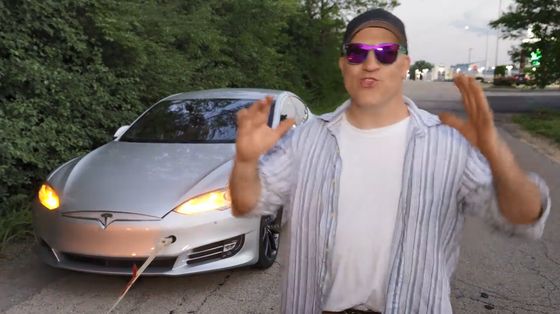
Rich himself didn't think it would work that well, but he was able to charge the battery from 14% to 55% on a 25-mile tow. In addition, during the experiment, he said that he kept the output of 65,000 watts firmly, and Mr. Rich also claims that it was able to charge at a level comparable to the supercharger.
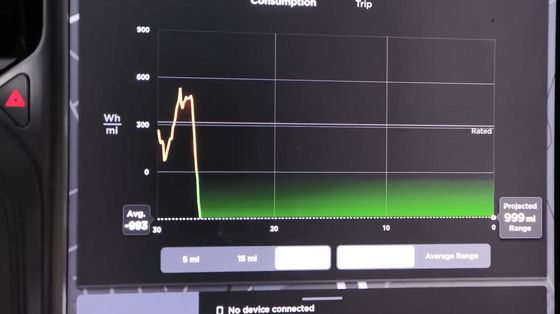
Rich put together a movie, suggesting that a Tesla car owner who got stuck in a place without charging equipment might be able to charge the battery with towing.
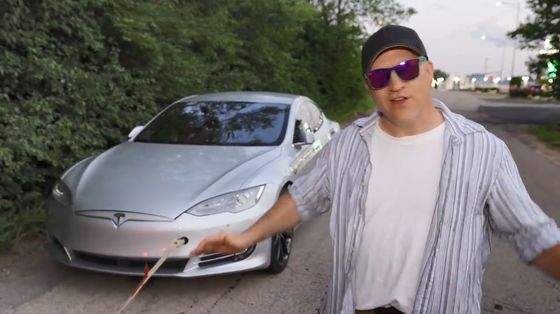
Related Posts:






